Welcome to our Writer's Corner, where the worlds of art and science converge. Though often seen as separate disciplines, both art and science share a common goal: to explore, understand, and represent the world around us. From Leonardo da Vinci’s anatomical sketches, which bridged the gap between artistic expression and medical science, to modern artists using data visualization to interpret climate change, the intersection of these fields has always sparked profound insights and groundbreaking creations. This project is a continuation of that rich tradition, fostering dialogue and collaboration across these disciplines. This month, we’re excited to showcase a diverse collection of works that sit at the crossroads of art and science, with a particular focus on nature and ecology.
Artist, Researcher, and our Editor Nichola Rodgers
website www.nicholarodgers.com
Instagram @nichoalrodgers.artist
My recent work is deeply rooted in my love for foraging and the intrinsic connection between women and nature. She is exploring how artists can develop a more sustainable practice by engaging directly with the natural world. By utilising foraged plants and naturally grown kombucha scobies, I create pigments, inks, and materials that transforms a creative practice into one that emphasises ephemeral, transient artworks. In her approach, the process of collecting and making becomes a vital component of the work itself.
Creating Lake Pigments from Plants
To create lake pigments from plants, a process is used that extracts natural dyes from foraged botanical materials. The steps typically involve:
Extracting the Dye: Fresh or dried plants are simmered in water to extract their natural colours. This often includes flowers, leaves, roots, or even bark, depending on the desired hue. The resulting liquid, rich in plant-based dye, forms the foundation for lake pigments.
Creating the Lake: Once the dye is extracted, it is precipitated onto a substrate, such as alum (aluminium sulphate) or another metal salt. The metal salt reacts with the dye to form an insoluble compound, known as a "lake." But this does not always go to plan, many times the pigment doesn’t separate and the whole process needs rethinking.
Filtering and Drying: The resulting mixture is filtered to separate the solid pigment from the liquid. The pigment is then dried and ground into a fine powder. This powder can be used as a pigment in various artistic mediums, offering rich, organic colours derived entirely from natural sources.
Making Inks from Plants
The ink-making process similarly harnesses the natural colours of foraged plants:
Preparing the Plant Material: Plant materials, such as berries, leaves, or flowers, are first chopped and soaked in water or alcohol to help release their pigments.
Extracting the Colour: The mixture is heated gently, often for several hours, to draw out the plant's natural colour into the liquid. The heat must be carefully controlled to prevent scorching, which can alter the hue.
Straining and Concentrating: After sufficient colour has been extracted, the liquid is strained to remove any plant debris. The liquid can then be concentrated further by simmering it down, resulting in a more intense ink.
Adding a Binder: To stabilise the ink and ensure it adheres well to surfaces, a binder such as gum arabic or honey is often added. This step creates a smooth, flowable ink that can be used in drawing, painting, or calligraphy.
Using Dried Kombucha Scobies as Artistic Material
In this work, I also incorporate dried kombucha scobies, which are a byproduct of kombucha fermentation. This is something very new to me, using these as a material. The process of preparing scobies for artistic use involves:
Growing the Scobies: Kombucha scobies are grown by fermenting sweetened tea with a symbiotic culture of bacteria and yeast (SCOBY). Over time, this forms a thick, gelatinous mat on the surface of the liquid.
Drying the Scobies: Once fully grown, the scoby is removed from the liquid and thoroughly cleaned. It is then left to dry in a controlled environment, where it becomes a tough, leathery material.
Incorporating the Scobies into Art: The dried scoby can be used as a unique, biodegradable material in various artistic applications. Its translucent, organic texture lends itself to being used as a canvas, a layering element, or even as a sculptural material.
My artistic practice is a rich tapestry that weaves together the ancient traditions of foraging, the science of natural materials, and the enduring connection between women and the natural world. By combining these elements, I create artworks that are not only deeply rooted in the earth but also resonate with the historical and cultural significance of womanhood.
The Tradition of Foraging and its Feminine Legacy
Foraging, the act of gathering wild food and materials from the natural environment has been a practice deeply intertwined with the history of women. Historically, women were often the primary gatherers in hunter-gatherer societies, responsible for collecting plants, herbs, and other natural resources that sustained their communities. This role bestowed women with a profound knowledge of the natural world, an understanding of the seasons, and a deep connection to the land. This is pointed out in “Caliban and the Witch” by Silvia Federici, which is revied on my website HERE
In many cultures, foraging was not just about survival, but also about nurturing and healing. Women used their knowledge of plants to create medicines, dyes, and other essential materials, passing down this wisdom through generations. By drawing on this heritage, embracing the act of foraging is a way to reconnect with these ancestral practices. Through this work, I hope to honour the historical role of women as keepers of botanical knowledge and explore how these traditional skills can be applied to contemporary art.
Combining Foraging with Artistic Techniques
The process begins with foraging, where we gather plants and natural materials directly from the environment. This act of collection is more than just gathering resources; it is a meditative practice that reconnects the body with nature and the rhythms of the earth. The plants collected become the foundation of the creative process, where each step is imbued with intention and care.
Lake Pigments and Women's Historical Roles
The creation of lake pigments from foraged plants echoes the traditional roles women played in the preparation of natural dyes for textiles and other crafts. Historically, women were often the dyers in their communities, using their knowledge of local flora to produce colors for clothing, tapestries, and other goods. By using these same plants to create pigments for my practice, I wish to tap into this lineage, transforming ancient dye-making techniques into a modern artistic practice.
The meticulous process of extracting dyes and converting them into stable pigments is a reflection of the patience and skill that women have historically brought to their crafts. It also highlights the cyclical nature of these practices, where materials are gathered, transformed, and then integrated into everyday life—an approach that values sustainability and respect for natural resources.
Ink-Making and the Alchemy of Womanhood
Ink-making from foraged plants is another way I try and bridge the past and present, merging the scientific with the intuitive. Historically, women were often responsible for preparing natural inks and pigments, particularly in monastic settings where they were used for illuminating manuscripts. This process, like the preparation of herbal medicines, involved an intimate knowledge of plant properties and the ability to transform raw materials into something of lasting value.
My ink-making process is both a creative and alchemical act. By extracting colours from plants, we engage in a transformative process that mirrors the ways women have historically transformed the raw elements of nature into life-sustaining and culture-creating materials. This transformation is not just physical but symbolic, representing the nurturing and generative roles that women have played throughout history.
Kombucha Scobies and the Embodiment of Feminine Creativity
The use of kombucha scobies in my work adds another layer, connecting the fermentation process to themes of transformation, growth, and the cycles of life—all of which are traditionally associated with femininity. The scoby itself, a living culture that continuously grows and regenerates, can be seen as a metaphor for the creative power of women, who have historically been seen as the bearers of life and culture.
By drying and incorporating scobies into the work, I repurpose a material that is both organic and ephemeral, much like the transient nature of many traditional women’s crafts, which often prioritized functionality and sustainability over permanence. This material, once considered a mere byproduct, becomes a canvas for artistic expression, embodying the resilience and resourcefulness that are hallmarks of feminine creativity.
Reclaiming and Reimagining the Feminine in Art
Through my work, I am not just creating art but also reclaiming and reimagining the traditional roles of women in relation to nature and creativity. By drawing on a deep well of historical knowledge and practices, using them as a foundation to explore contemporary issues of sustainability and ecological connection.
Her work is a celebration of how women have historically interacted with the natural world, transforming what is gathered from the earth into works of beauty and utility. By integrating these traditional practices with modern artistic techniques, I hope to offer a vision of art that is both rooted in the past and oriented towards a sustainable future, where the wisdom of women and the bounty of nature are inextricably linked.
>>>>>>>>>>>>>><<<<<<<<<<<<<<<<<<<<<
Artist name. Claire Mc Dermott
Social Media links
https://www.instagram.com/clairemcdermott.plants
https://www.facebook.com/ClaireMcDermott.ART/
Website www.clairemcdermott.co.uk
Description
My transdisciplinary expressions explore art, science and the humanities through social and environmental issues, while my multidisciplinary skills create sculpture, macro photography, drawing, print and poems. I have exhibited at Tate Exchange, Watford Museum, Cooke Latham Gallery, Beaconsfield Gallery, South Park Gallery with a solo show titled Translucent at Headstone Manor and Museum in October 2024
I started to read biophysics during my Master of Arts in Art and Science at Central Saint Martins after a college trip to CERN. I wanted to understand the function and mechanism of a plant, how plants are affected by the atmosphere and how they use the atmosphere to their advantage. The plumed seeds rely on the movement of air and can use thermals to disperse their seed over long distances. They can move without creating energy because their design enables them to form their own air bubble above the crown in order to float. It’s the wonderment of the manoeuvres that has led me to want to experiment with air. For my Master of Research (MRes) at the Royal College of Art (RCA) in 2022/3 my research looked at how the plumed seed can open and shut its plumes by using water in the atmosphere to fill its cells, using the same function as a drawbridge - high levels of humidity will close the plumes or they will open when the air is dry and hot. When all the liquid in their cells have evaporated because the air is dry they have a better chance of being lifted into the air by warm winds. I wrote my thesis titled, Happenings, Sightings and a Plumed Seed. Here I explored Allan Kaprow's development of art happenings and made comparisons with my field observations (which I renamed as ‘sightings’), as both phenomena could provide moments of enlightenment capable of transforming one’s perspective of the world.
Written work for five artworks
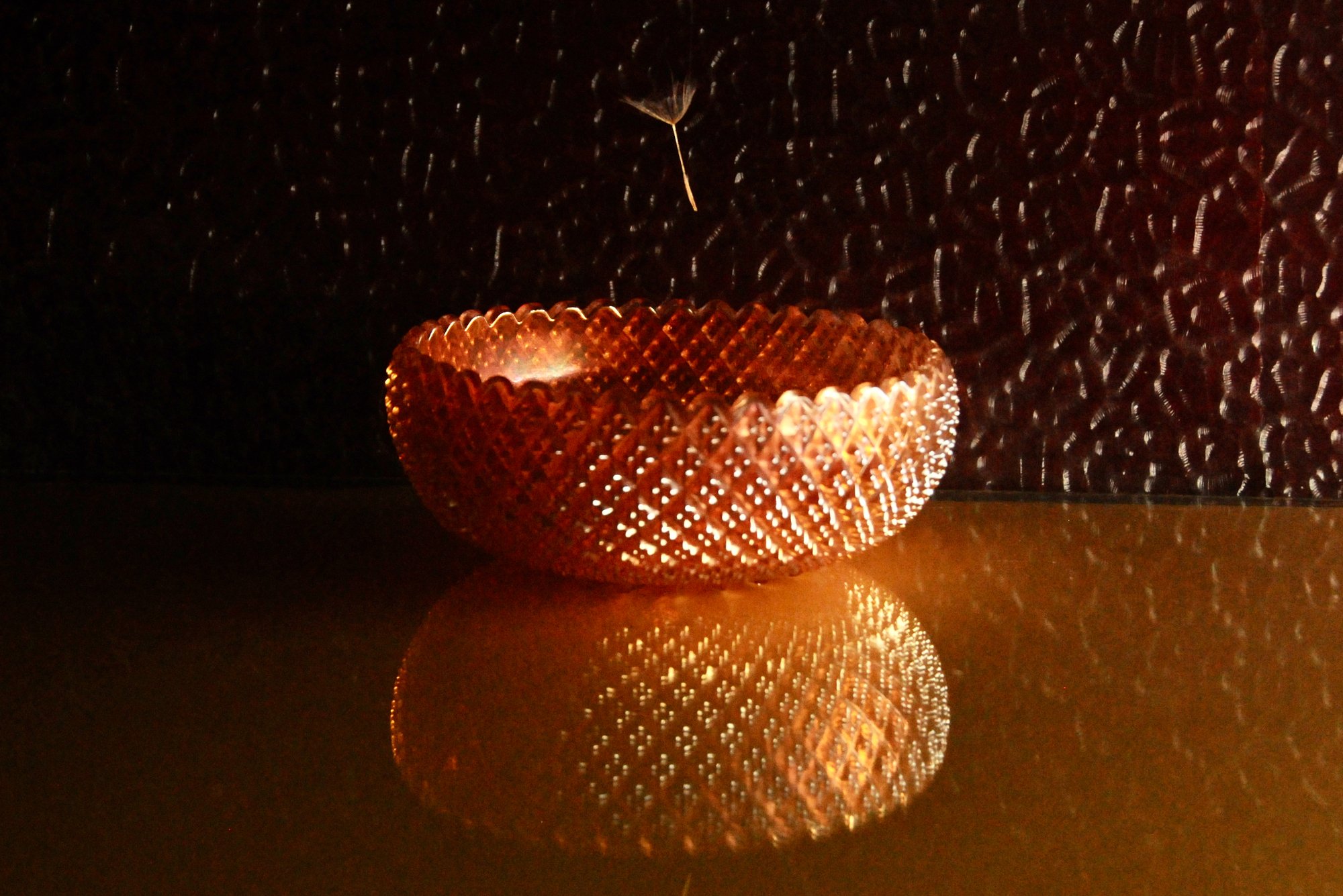
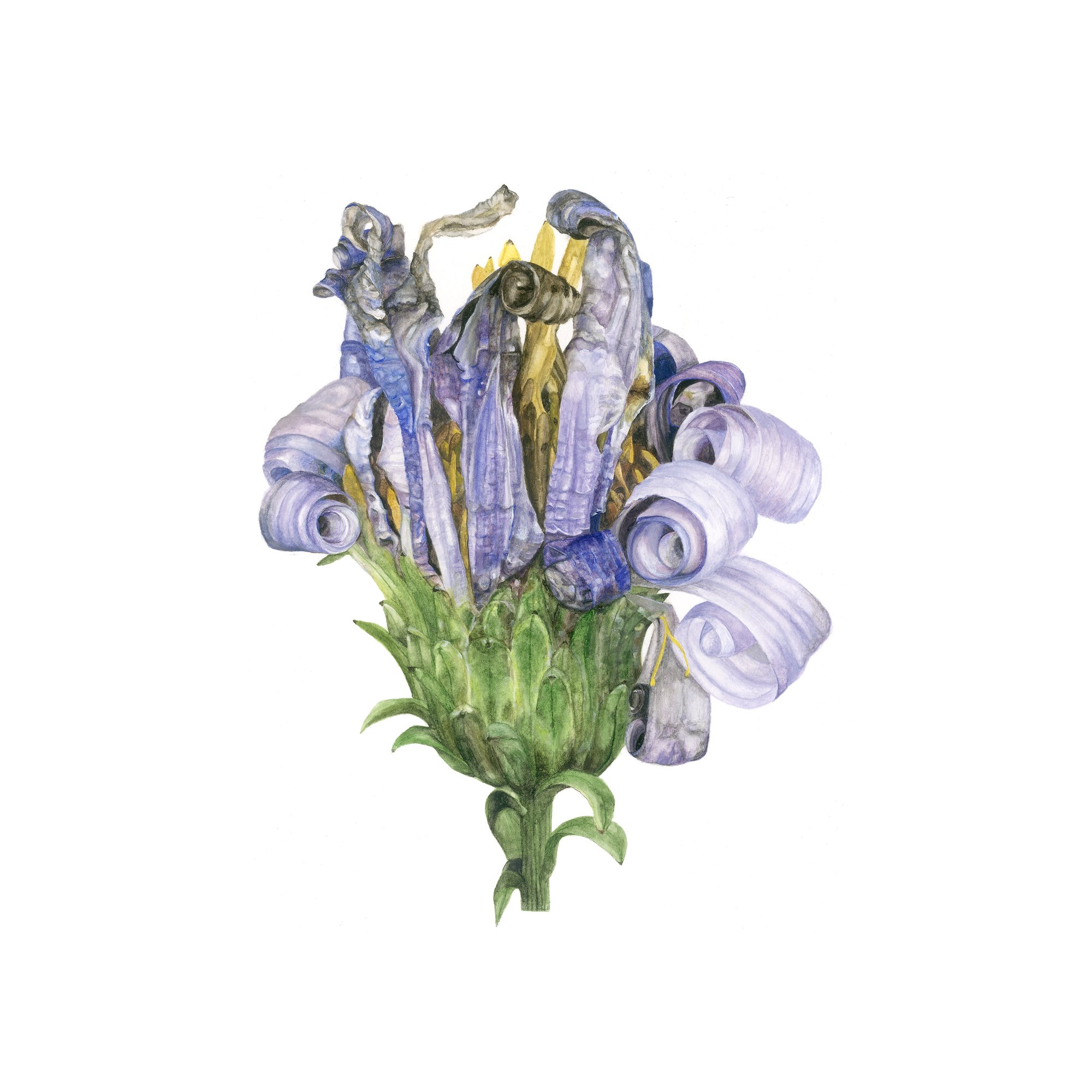
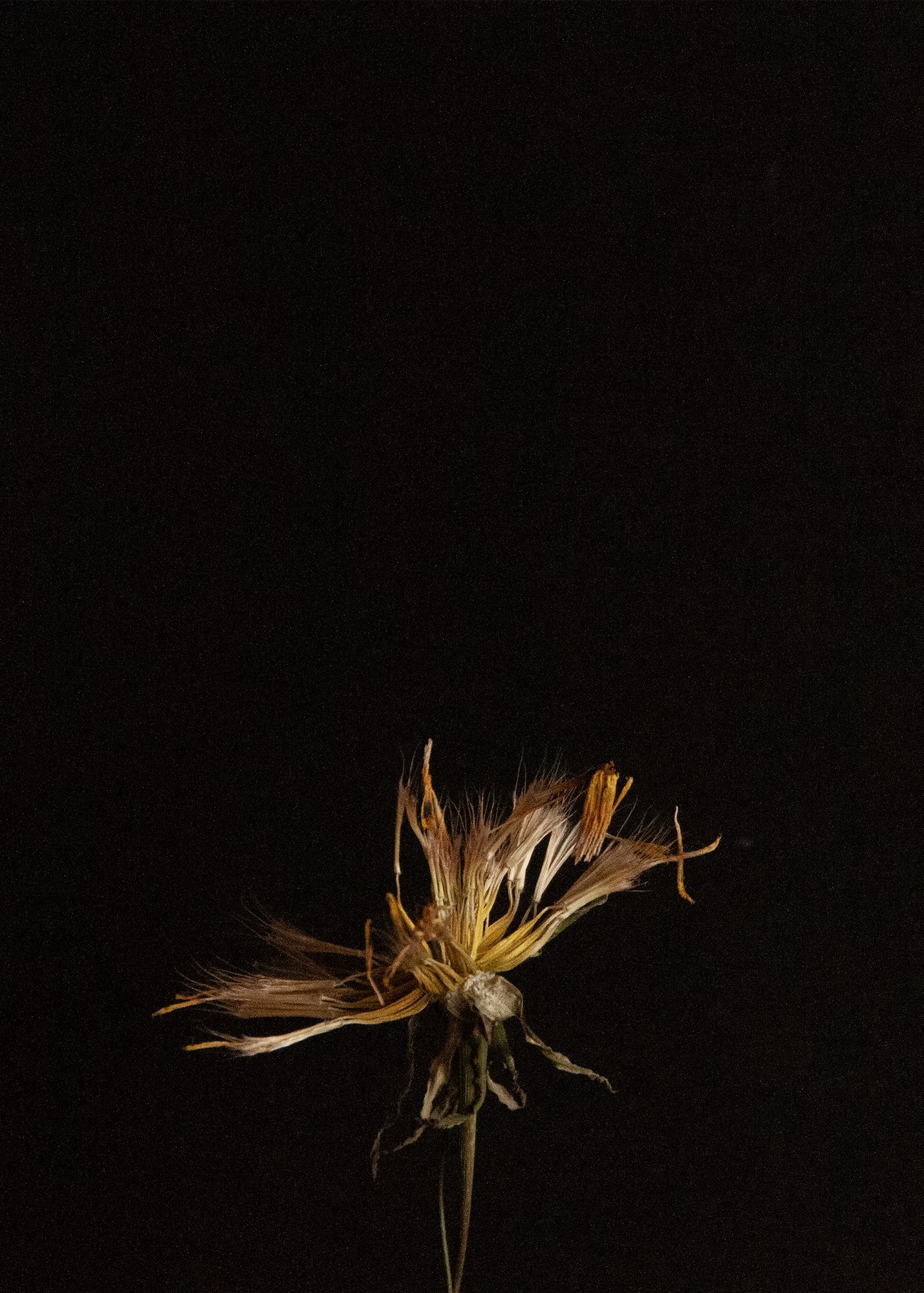
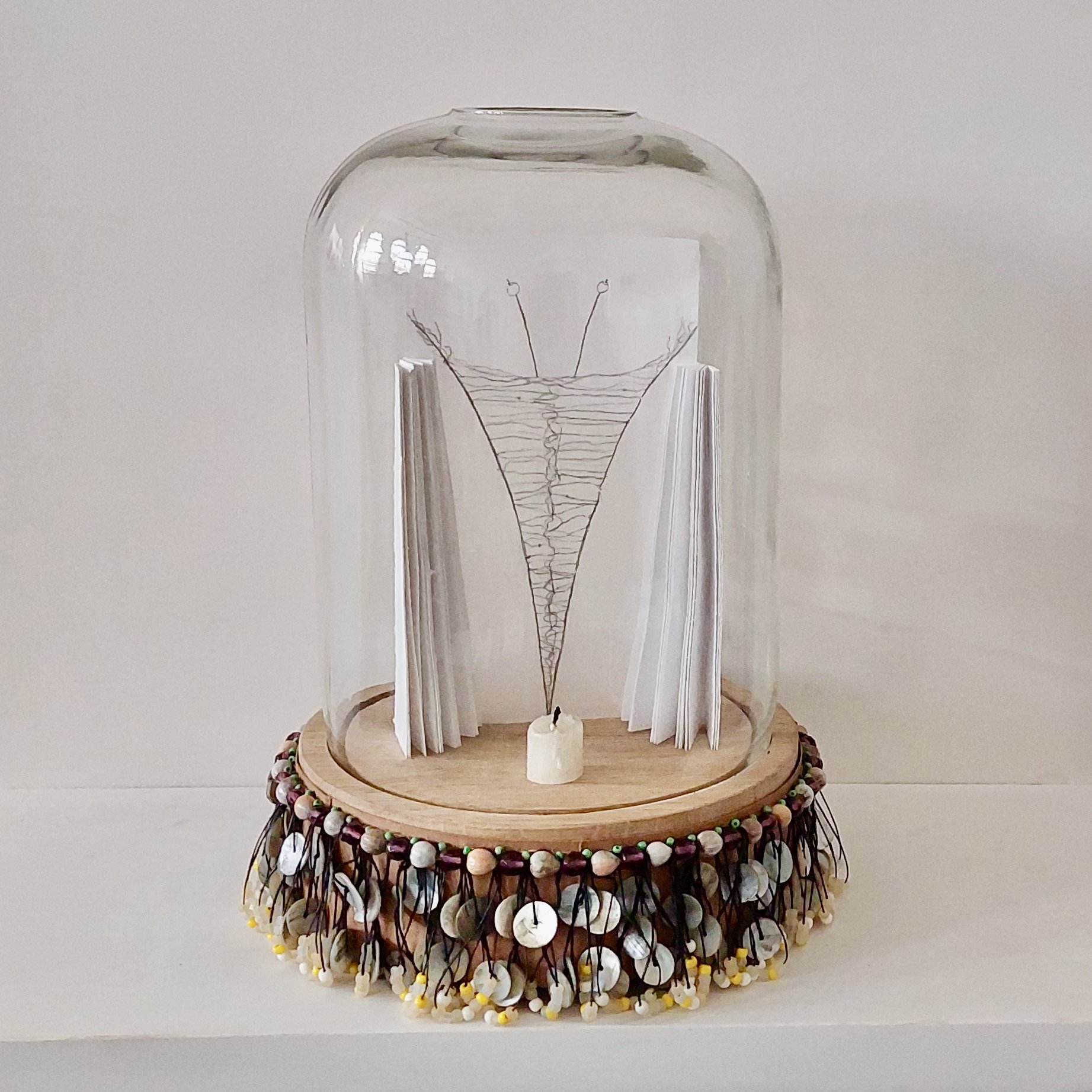
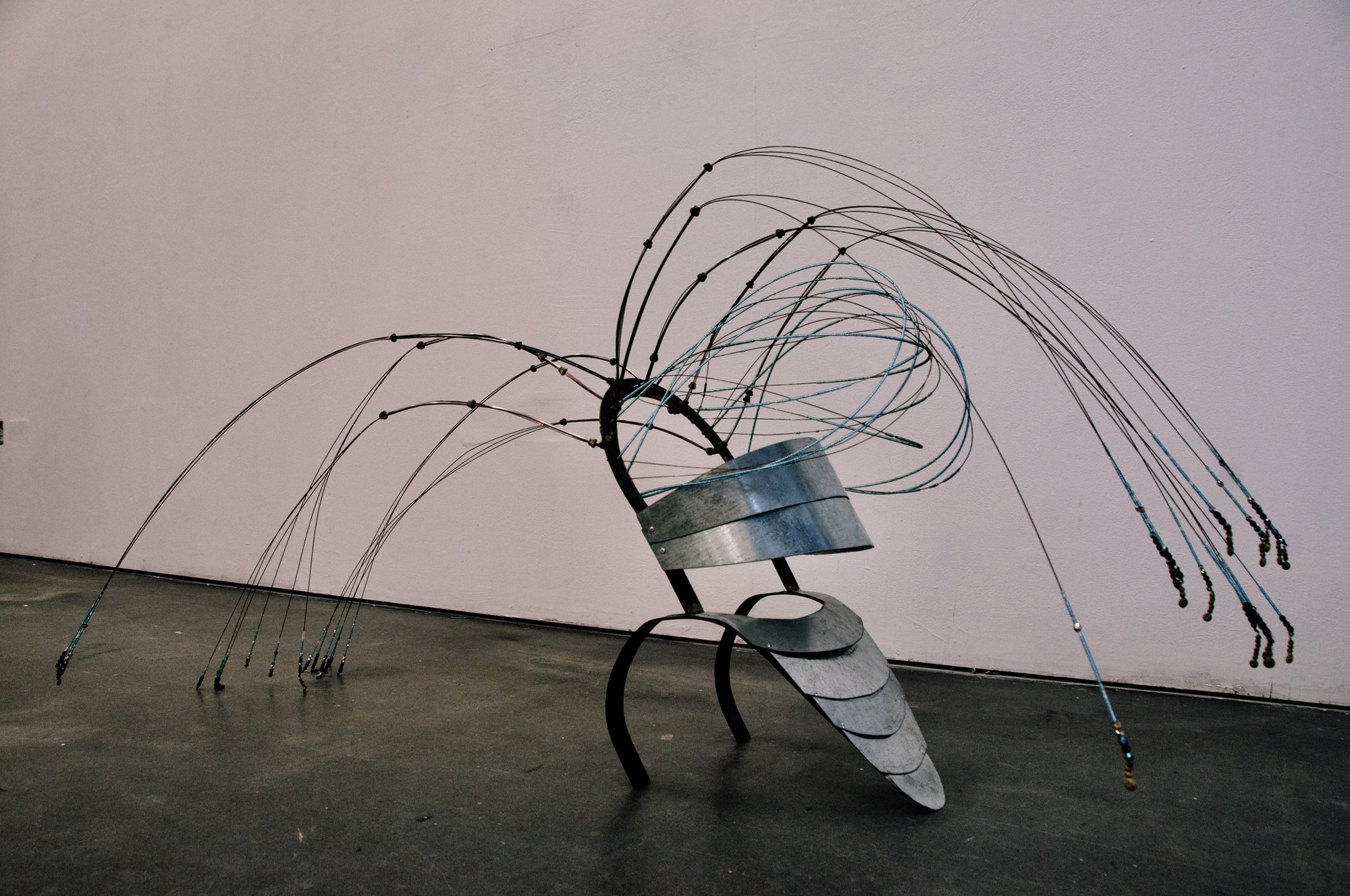
>>>>>>>>>>>>>>>>>><<<<<<<<<<<<<<<<
Artist name
Anthony Carr
Social Media links
www.instagram.com/anthonycarrphoto
Website
Description
Observing A Baker's Dozen: A Lunar Study in Variations of Size and Shape is a timelapse animation taking the viewer on an explorative journey through fictional crater-filled landscapes. The film was inspired by NASA’s Exploring the Lunar Surface: Educator’s Instructional Guide and Maggie Aderin-Pocock’s Book Of The Moon, which describe simple ways to create ‘lunar craters’ using faux regolith recipes made from household ingredients. These seemingly frivolous activities were born from serious investigation dating back to the mid-19th century and geologist Carl Althans’ experiments replicating craters, testing the impact theory. Dr Alfred Wegener improved upon Althans’ results by using cement powder (rather than the film’s flour and sugar), although it took until the Apollo project to validate Wegener’s impact hypotheses.
Another source of inspiration was the 1874 publication, The Moon: Considered as a Planet, a World, and a Satellite by James Nasmyth and astronomer James Carpenter. Their photographs of table-top models imitating the lunar surface fooled many into believing they were close-up images of the moon. This combination of the rigorous and the playful, the scientific and the imaginative, underpins the entire film.
Originally commissioned by Lumen in 2020 for The Desert Festival in Australia, the film was made in response to the thirteen craters in the Henbury Meteorites Conservation Reserve near Alice Springs. The reddish tint applied to the film reflects the red soil of the Arrente lands in which the Reserve sits. Other elements pay homage to the photographs and videos taken by the Apollo astronauts; the square format and transparent Reseau plate mimic the Hasselblad camera, while the moments of shakiness and blurriness imitate a loss of signal.
With NASA and private companies seeking to harness the Moon’s potential, for science or profit, this film is an expression of our continuing captivation with our nearest celestial neighbour.
https://youtube.com/shorts/y4URRphPcsc
>>>>>>>>>>>>>>>><<<<<<<<<<<<<<<<<<<
Artist name
Ian Bride
Website
Description
L’antscrape Art – a symbiotic art practice.
(Formica rufa and Ian Bride, 2020-23)
Wood ants are both ‘keystone species’ and ‘ecosystem engineers’, playing a critical role in maintaining the structure of their ecological community. Their activities affect many other organisms, helping determine their types and populations, and directly modulating the availability of resources, such as nutrients, to different species.
The Southern Wood Ant (Formica rufa) manages substantial areas of woodland, farming aphids in the tree canopy for their excreted honeydew, preying on other insects, cleaning up dead creatures, and building large composting nests. These thatched mounds cover a complex of tunnels and chambers penetrating far below ground. Honeydew usually constitutes somewhere between 60-94% of their diet and contains 15-20% sugars, small amounts of amino acids, and the rest water. An average nest will collect 13-16 kg dry mass of honeydew per annum, of which some 10% is utilised by other soil organisms, plus ~25kg dry mass of prey, which includes forest pest species. In combination with a nest adding some 50kg of plant material each year, including the seeds of specific plant species, and their below-ground activities bringing up significant volumes of minerals, this creates a thermally controlled environment for brood development which also creates valuable concentrations of nutrients that become available to other organisms, particularly when a colony moves on the build another nest and gathered seeds germinate.
The nests also provide habitat for other species which live under the ant’s accidental protection, many having evolved chemical defences or ‘invisibility’. Bear in mind that ant behaviour is controlled by chemical signals, with over 70 different ones having been isolated from a single ant; which we might think of as quite an ‘alphabet’. Moreover, these nests are also often interlinked with others to form vast matriarchal colonies with multiple queens and all-female worker ants – one estimated to comprise 400 million individuals in 2.5 km2. Yet despite such numbers, the species is Red-list designated as ‘near threatened’ because each population depends upon a very small number of queens.
My L’antscrape series developed from noticing they are removing the soft material from rotting timbers immersed in their nests, possibly aided by the action of the formic acid they produce, primarily for defence and as a disinfectant. I place selected pieces in their nests, leave them for 2-3 years, then carefully extract, clean, treat and mount the results of their endeavours. This produces beautiful objects, and offers an insight, both into the world of the wood ant, and the nature and structure of wood. It has also set me on a journey to study, monitor, and protect their nests, as well as promote an appreciation of these amazing creatures, which as the Formicinae has been around for ~ 92 million years, and as the F. rufa complex. a mere 15 million years!
For those interested, an excellent reference is, Wood Ant Ecology and Conservation (2016), Stockan, E. and Robinson, E.J.H. (eds.) Cambridge University Press.


>>>>>>>>>>>>>>>>><<<<<<<<<<<<<<<<<
Artist name -Helen Birnbaum
Social Media links
Facebook: facebook.com/HelenBirnbaumCeramics
Instagram: instagram.com/helenbirnbaumceramics
Blog: helenbirnbaumsartscienceadventures.wordpress.com/.
Website
Description





Antimicrobial Animals
We are living in a time of enormous risk. Years of antibiotic overuse and misuse have contributed to a global threat, where an increase in antibiotic-resistant bacteria is contributing to approximately 700,000 deaths per year. International institutions such as the World Health Organization and the UK government are calling for new antibiotics and strategies to combat resistance.
Antibiotic resistance occurs when bacteria adapt to antimicrobial drugs. These bacteria are often referred to as “superbugs”, and the drugs used to treat them become ineffective, infections persist in the body, and the risk of spreading to others increases. Superbugs are negatively contributing to our healthcare systems’ ability to treat patients effectively and the world urgently needs to change the way it prescribes and uses antibiotics. Unless new antibiotics or alternative strategies are developed to cope with this problem, society will no longer be able to routinely use certain antibiotics. The simplest of medical procedures will also become life-threatening.
We Need to Stop Bacteria Getting Together
Prof. Raechelle D’Sa, School of Engineering at the University of Liverpool, and Head of the Antimicrobial Biomaterials group; the D’Sa Laboratory (http://dsalaboratory.com), researches the use of biomaterials for the creation of antimicrobial surfaces, drug delivery, and regenerative medicine. The D’Sa Laboratory applies engineering methods to create environments to promote cell and tissue growth and prevent bacterial adhesion.
The D’Sa Laboratory is improving medical devices by putting antimicrobial coatings on catheters and developing antimicrobial therapies for the treatment of skin, bone, and ocular infections. These innovations draw on nature’s toolbox for innovative ways of preventing bacteria from sticking to a surface or killing off groups of bacteria that live in communities called biofilms. A biofilm is nothing more glamorous than spit or the mucky bits in the bath that need cleaning, but can be 1000 times harder to treat using antibiotics. The D’Sa Laboratory is currently investigating several approaches to combat this, which are inspired by nature, such as animal skin textures. Sharks, geckos, and cicada flies all have different skin textures that can either prevent bacteria from sticking to a surface or kill them on contact. Additionally, Komodo dragon saliva, eucalyptus plants and honey all have potent chemicals that are also able to kill bacteria on contact. If medical equipment is designed with textured surfaces or if some of these naturally derived antimicrobials are used to treat infections, the use of antibiotics might be significantly reduced.
Introducing Antimicrobial Animals
One of the wider challenges with antimicrobial resistance is encouraging the public to change their attitudes and behaviours when it comes to antibiotic use and hygiene practices. In 2019, the D’Sa Laboratory collaborated with the STEAM Lab at the University of Liverpool and Mark Roughley, Medical Artist and Reader in Interdisciplinary Digital Visualisation at Liverpool John Moores University on an EPSRC and University of Liverpool funded public engagement project titled Antimicrobial Avengers (www.germwars.co.uk).
Helen Birnbaum, a ceramic artist and MA Art in Science graduate designed and produced a set of ceramic animal sculptures featuring macroscopic antimicrobial surfaces, to communicate ideas about these surfaces and their role in antibiotic resistance to a diverse public audience. This collection of Antimicrobial Animals includes a Komodo dragon, a family of geckos and sharks created using stoneware clay that was fired and glazed using a mixture of ceramic stains and glazes to achieve the final effect.
Did you know that the Komodo dragon has a protein on its tongue that kills increasingly antibiotic-resistant MRSA bacteria and that geckos have micro-spikes in different sizes all over their skin that are low-adhesion antimicrobial surfaces? Antimicrobial Animals aimed to create a series of animal sculptures with exaggerated textures for visitors to see and feel antimicrobial surfaces, to understand their importance. Accompanying the shark and gecko sculptures were several ‘touch plates’ that presented even larger macroscopic views of skin surfaces with colourful pink representations of bacteria crawling across them. The challenge here was not to emulate a gecko's skin, for example, but to exaggerate the form to make it more obvious and understandable to an audience viewing the animals in a public engagement setting.
The Antimicrobial Avengers project culminated in several public engagement events including Light Night Liverpool where the Antimicrobial Animals were displayed for public interaction. The animals are now part of a public engagement toolkit that the D’Sa Laboratory uses in public-facing events across the UK and are on permanent display in the Liverpool University Engineering Department.
This exciting collaborative project allowed to Helen work in partnership with a multi-disciplinary art-science team, communicating life-changing ideas about how we as a society combat disease at a time of antibiotic resistance. We have abused the privilege of antibiotics and it is now time to do something about it.
About the artist
Helen Birnbaum is a ceramic artist from Skelmersdale, UK. She finds inspiration in arresting scientific and social themes, and her previous projects Memorialising Disease and Quarantine Boxes focus on the act of remembrance of individuals lost to diseases including influenza and AIDS.



















